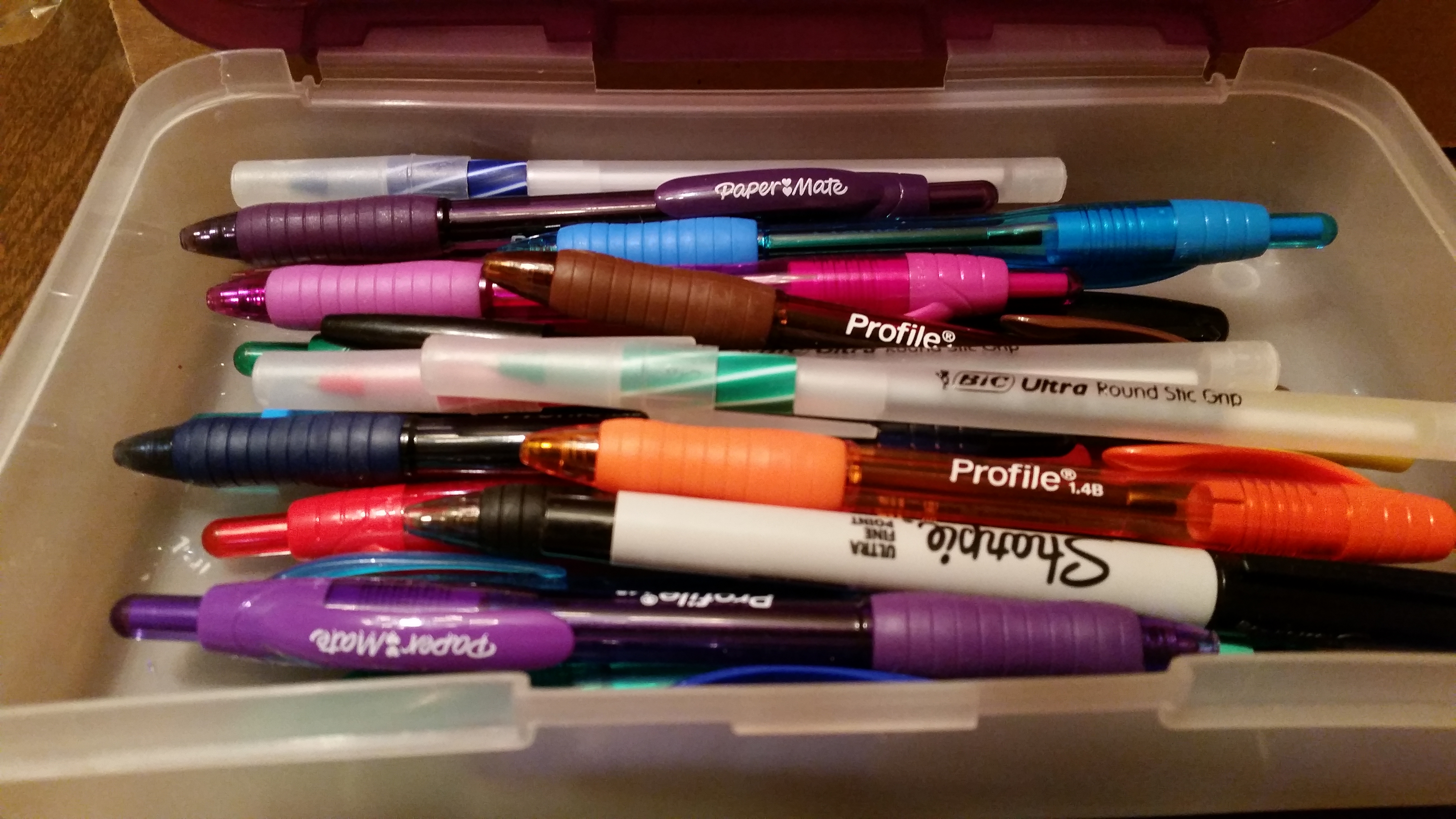
Creating Extraordinary Characters –– Part I
Why is it that some characters stick in our minds? What is it about them that causes us identify…
March 22, 2017
Why is it that some characters stick in our minds? What is it about them that causes us identify…
March 22, 2017
Writers write because we love to use words, but let’s face it––even though we say we write for ourselves,…
November 22, 2016
Getting published traditionally is difficult. Small publishers are more likely to accept a manuscript from a previously unpublished author,…
October 28, 2016
Let’s get our manuscript “publish-ready.” Refer to last month’s post for my definition. This time, we’ll look at basic…
September 22, 2016
Continuing our look at crafting a spectacular plot twist, this time we’ll look in detail at a couple of…
May 19, 2016
Plot Twists [bctt tweet=”Four elements to plot twists: 1) unexpected, 2) inevitable, 3) an escalation of what preceded it,…
March 11, 2016
Most fiction starts out hot, then bogs down. How can you keep the fire in your fiction so that…
January 16, 2016